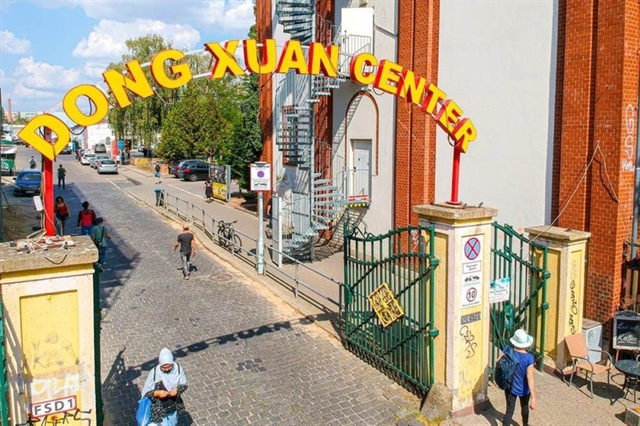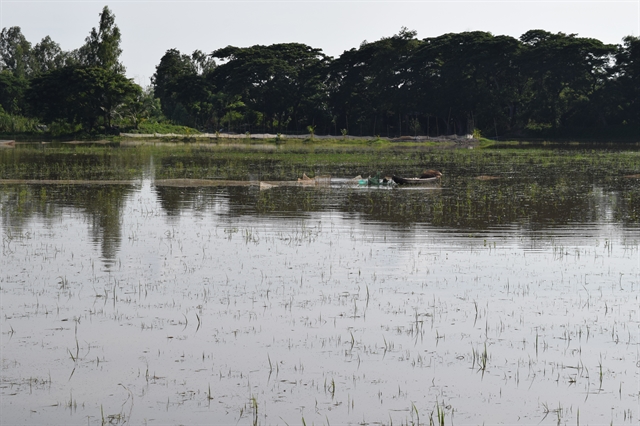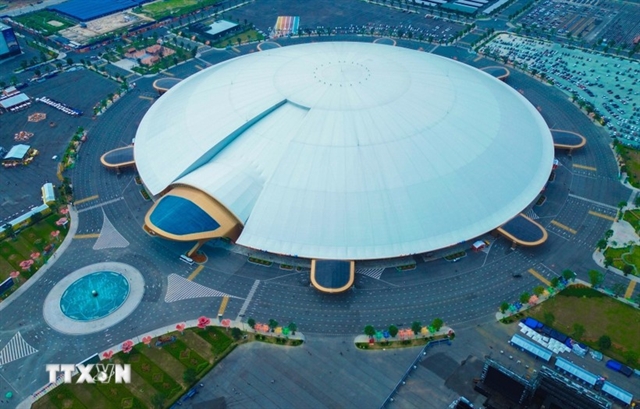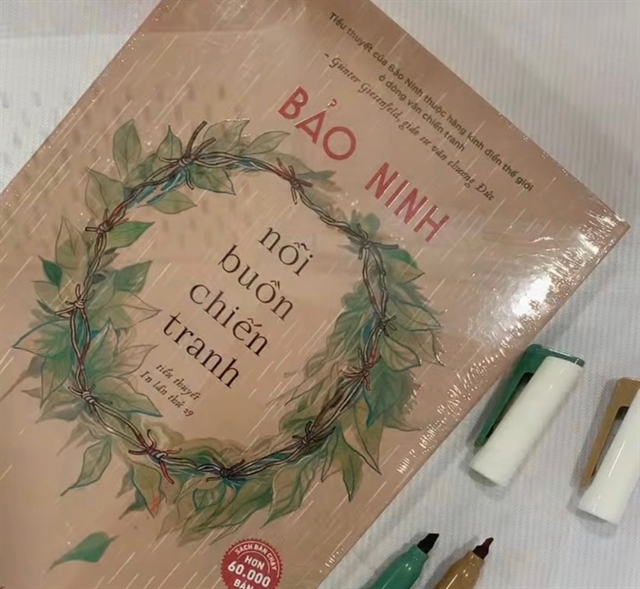 Society
Society

Farmers in Đồng Tháp Province’s Hồng Ngự District will not grow the autumn - winter rice crop, the year’s third, on more than 9,000ha and will instead release floodwaters into their fields to fertilise the soil and destroy pathogens and pests.

|
| Floodwaters released into rice fields in Đồng Tháp Province’s Hồng Ngự District during the flood season last year. — VNA/VNS Photo Chương Đài |
ĐỒNG THÁP — Farmers in Đồng Tháp Province’s Hồng Ngự District will not grow the autumn-winter rice crop, the year’s third, on more than 9,000ha and will instead release floodwaters into their fields to fertilise the soil and destroy pathogens and pests.
The upstream district is the first locality in the Mekong Delta province to be flooded by the Mekong River during the rainy season.
The delta is set to enter the flooding season which brings sediments to rice fields and aquatic species to upstream localities.
Phạm Văn Bút, who owns a 2ha rice field in Hamlet 3 in Hồng Ngự’s Thường Phước 1 Commune, said he and other farmers would not grow the autumn-winter rice and have opened the sluices to let floodwaters enter their fields.
He now regularly visits the fields to watch the water level and hopes the floodwaters would rise rapidly and enter the fields, he said.
According to farmers, if three crops are grown the soil becomes unfertile, resulting in high production costs and poor crops.
Many farmers in the district have ploughed their rice fields to absorb the flood sediments.
The delta’s flood season, which occurs between August and November annually, is expected to be late and poor this year, according to experts.
Nguyễn Hoàng Nhung, head of the district’s Bureau of Agriculture and Rural Development, said this year the district decided to plant 2,600ha of autumn-winter crop in Thường Phước 2 Commune and Thường Thới Tiền Town, and release floodwaters into more than 9,000ha of unplanted rice fields in other areas.
In the latter areas, the district has opened all sluices to be ready to receive the floodwaters, he said.
Farmers there have finished harvesting the summer-autumn rice, he said.
The bureau has carried out regular inspections to ensure farmers do not plant their fields.
To increase rice production, the province has built dykes in flood-prone areas to enable farmers to grow autumn-winter rice during the flood season.
But authorities have decided to stop this practice in many upstream localities during the flooding season to fertilise rice fields in recent years.
The flood season offers many different livelihoods like catching fish and other aquatic species brought by the floodwaters, breeding them in flooded rice fields and making tools for catching them.
Craft villages making the tools have become busy. — VNS




